Just because you have defeated a leader filled with an immense dedication to destruction doesn’t necessarily mean its malice won’t linger. Evil has its way of sticking around, like that stubborn, yet questionable, stain on an old dish rag. Luckily, wherever there is hope, there will always be a potential for the creation of a delightful, new world, even if you have to build it up block by block.
Dragon Quest Builders 2 follows the quest of three unlikely friends to rid the world of its destructive ways, and return the passion of building back to the residents that had it squished from by a horrid cult. Does this RPG building sequel have a sturdy foundation to sit on, or does it crumble more than poorly mixed concrete? Find out in our review, after the break…

Dragon Quest Builders 2
Nintendo Switch
Developed by Square Enix and Omega Force
Published by Nintendo and Square Enix
Released: 20th July 2019
Review copy provided by Nintendo
Dragon Quest Builders 2 is it’s own stand alone sequel, meaning that, if you’re like me and haven’t played the original, you are not missing anything regarding the plot or gameplay other than the odd reference. Please note that this review will not refer to or compare with the original as I have yet to play it.
Dragon Quest Builders 2 takes place following the events of Dragon Quest II. The high priest of darkness, Hargon, has been obliterated along with his plans to summon the god of destruction, Malroth. All is not what it seems however, the Children of Hargon, the cult dedicated to destruction and dismay, are still at large… and you just woke up in the prison of one of their ships.

The captain of the ship, Captain Whitebones (I’ve seen whiter bones), though a dedicated member of the Children of Hargon, teaches you some of the ropes of being a builder in a mandatory tutorial. Your reward? Raw kelp… oh, and progression of the game. After the very useful, albeit slightly slow paced tutorial, this ship takes damage from the treacherous storm causing all those on board to die a lengthy and probably moist death… all except you, who happens to wash up on a beach without as much as a grazed knee.
Upon awakening, you encounter a strange, yet obnoxious boy who happens to share the name of the lord of destruction himself, Malroth. That’s not all, you also soon meet a self absorbed girl called Lulu, who immediately demands that you build a shelter and cook her some grub… to be fair, you are a builder after all, it’s what you do! A rather eccentric hammerhood calls for you to climb the mountain to a long and forgotten shrine, explaining how this desolate island, the Island of Awakening, used to belong to a builder long ago. The hammerhood, Hairy Hermit, then gifts you ownership of the island, letting you build to your heart’s content.

The Island of Awakening is far from a quick fix, you’ll definitely need some help if you want your brand new home to shine and sparkle. A captain of a small vessel, Captain Brownbeard, conveniently docks onto the island, offering you a chance to ferry to and from nearby islands in the search of new residents for the Island of Awakening. While exploring some of the islands, you notice that the Children of Hargon have deeply planted their seeds of destruction and dismay amongst the remaining civilisations. Everyone now believes that building is an incredible sin, and that builders are the source of all evil. It is up to you and your friends to once again spread the joy of building and push back any influence the Children of Hargon have made.
What exactly is a builder? They… well, they build. They enjoy building, not just for the sake of it, but to have fun, create a sense of hope, and inspire others to release their inner creativity. You’ll be using your builder prowess to do just that on the islands you’ll explore. Your task is to assist in rebuilding of the towns, castles, and farms of each kingdom. You’ll meet an array of unique and odd characters. At first, they are resistant to the idea of building, having their minds corrupted by the Children of Hargon, but they’ll soon turn a new leaf and help out.

Each main island consists of a few main missions, these are the objectives that are required to rebuild a specific aspect of the island, such as growing a specific amount of food, or building a pub made of silver. Along the way, citizens will come to you for help, requesting that you build specific types of rooms or to do a bit of investigation to progress through the story, these are essentially side quests. What was a bit of a pain is how there is no way to easily track which side quests are active and their objectives. If you forget exactly what you need to do, you’ll have to travel all the way back to base and find the person who first gave you the request.
Building is pretty simple, you start off with a mallet, which is used to destroy things to harvest materials or to just nab the object itself, and a pair of gloves, which allow you to pick up placed objects. As you progress through the story and complete Tablet Targets (more about these later), you’ll unlock even more tools, such as a bottomless pot to splash around a variety of different liquids. At any point, you can switch between first and third person views allowing for more versatile building. Something I wish the game told you is that, if you press and hold the left stick, you can change the zoom of the camera too… sometimes walls would cause the view to get too up close and personal.

To build a room, all you need is to construct surrounding walls that are at least two blocks high (one block for a fence) and add a door. It does feel a bit limiting however that, if a room exceeds roughly 140 blocks in space, the room is no longer recognised as a room. Creating empty room does nobody any good, luckily you’ll have access to a range of workstations to transform materials and other objects into various pieces of furniture, gizmos, and other nicknacks.
The type and combination of furniture you place into a room will determine what sort of room it will be. Placing two beds and a light source for example, will create a basic bedroom, and placing three gravestones, three flowers, and a bench will create a graveyard. In addition to rooms, placing specific objects together will create furniture sets. A large table, crock pot, and some crockery will make a dining table for example.

After some progression, you’ll start to unlock a range of different stats pertaining to your rooms, such as size, fanciness, and ambience. Sometimes changing these stats will make specific people happier, offering a larger amount of gratitude points.
Whenever someone uses a piece of furniture, or when you finish building a new room, your friends will jump for joy and drop a bunch of gratitude points. On the story islands, these points are used to level up the base, doing so increases the population, unlocks further recipes from workstations, and encourages people to help out with building. The gratitude points gained from the Isle of Awakening however are used to unlock more new recipes, as well as optional islands part of the Explorer’s Shores where you can mine for more materials, recruit animals, monsters and civilians, and even gain an infinite amount of specific materials.

Once you have solved all the issues from an island, its corresponding tablet from the Isle of Awakening will activate. These tablets will let your builder to visualise the sort of area that region of the island will be, you will then be presented with a few objectives to achieve, or Tablet Targets as they are referred to. The grassy region representative of Furrowfield for example, tasks you with building a long river, planting a meadow, and planting a forest. Once completed, you will also be presented with optional Tablet Targets to jump start ideas on how you would like to build upon the island further.
In addition to fuelling your creative inspiration, completing enough Tablet Targets will reward you with special tools to make building a breeze. One tool in particular, the Magic Pencil, will allow you to create a blueprint of just about any building or room for easy recreation. Some tools can even get a bit of an upgrade!

I often found myself getting highly distracted by building, especially on the Isle of Awakening. Once you set down the foundations tasked for you by the residents and Tablet Targets, it’s so easy to get lost into architectural madness! I spent a good hour or so building a massive network of minecart tracks around the entire island, though the residents will not use the tracks, I’m still pretty chuffed with myself. I also impressed myself with the little underground, desert themed spa I built, it even has a little cute gift shop!
This is still Dragon Quest, so there are still many a monster to thwart. Combat, for obvious reasons, is hugely watered down from the main Dragon Quest titles. Instead of turn based combat with an array of different types of attacks and spells, you will now just be swiping your sword at enemies in simultaneous battle. Personally, I feel this is the right move for the game to make sure there aren’t too many lulls in the gameplay. If we had the traditional combat, gameplay would definitely drag on to be tedious, especially when enemies can attack while you’re building, so I appreciate the change in combat. What is an interesting choice, however, is how levelling up will only increase your HP and not your strength. To level up your attack or defence, you will have to build new swords and armour that get unlocked when you level up.

The cast of Dragon Quest Builders 2 is definitely something, with a range of unique and wacky characters, just like other Dragon Quest games. You have a country talking giant worm who will turn barren earth into meadows, hunky muscle men who go head over biceps for the barkeep’s daughter, and even an old man who has become one with the slime from being undercover for so long… there may even be some monsters who are equally quirky that may want to be friends too. If you ever feel a bit stuck with how to build a specific type of room, sometimes specific residents will be able to give you a hint of how to build it, making them equally helpful as they are weird!
If you want to play with some characters in real life, after a while, you’ll unlock the Teleportal. This gate to another dimension will allow you to play in multibuilder mode. When approaching the teleporter, you will get the option to either visit a friend’s island, or host some friends of your own through wireless local play or online. If you decide to host fellow builders, you’ll be able to set a bunch of different options, such as whether to allow friends of friends, setting the maximum player count (the absolute maximum being four), allowing others to look into the chests you’ve stored items in, or even disabling building for those other than yourself.

While in multibuilder mode, you and your buddies will have full roam of the Isle of Awakening (abiding by the settings in place), and anything you build in multibuilder will appear in the single player version to. It’s the perfect opportunity to get an outside view of what you’re building, as well as to get some help, or just screw about. Though you are not allowed to play through the story in co-op (the story islands are locked off), you can still venture to the explorers shores with your crew to scavenge for materials. The mode also blocks out Tablet Targets, so if you were hoping you could grab a hand to build a luxury hotel or an animal house, you’ll have to do those on your own.
If you want to see what others are building, or just want to snicker at a random stranger’s shenanigans, you can head over to a noticeboard (or even build your own) to view photos players around the world have taken in-game, you can even upload your own which you’ve taken with the game’s photo mode too. Square Enix have also been holding photo contests, where the best photos uploaded under a specific category or tag will receive some cool in-game items.

It’s one thing to see photos of other people’s creation, but it would be a lot cooler if you could visit them too. Unfortunately, there is no way to visit the islands of others unless you are friends with them. I really think the game would benefit from a mode similar to Animal Crossing’s Dream Suite feature, which allows you to visit anyone’s town without the risk of changing it; it would be perfect to get more inspiration on your own buildings.
One of the biggest missteps for Dragon Quest Builders 2 is how the game performs on the Nintendo Switch. Unfortunately I found that the framerate had the habit to become fairly unstable in specific areas. When I say unstable, I don’t mean rendering the game unplayable, more that the framerate would dip a bit long enough for me to notice, luckily this rarely caused any issues for myself… until I started building too much. If you have too many big and complicated buildings, you may find your framerate dipping more often. Luckily I have not experienced this too much, but I do know it can happen.

Dragon Quest Builders 2, though not perfect with some dips in performance and limited multiplayer, is still a genuinely fun game to play. So far I’ve clocked nearly 100 hours into the title, with the majority of them getting fully immersed into building various creations. There’s simply so much to do, and if you’re the creative type, there’s an unlimited potential to build to your heart’s content… until morning comes…
Final rating – 4 out of 5
Dragon Quest Builders 2 is out now for Nintendo Switch and PS4. There is also a free demo.
I am a huge Nintendo fan, hence why NintyBuzz exists. I especially love all things Zelda and Metroid. NintyBuzz was started by me back in the Summer of 2014, it started out mainly as a hobby, though the site has gradually grown, and I hope it grows for many years to come!


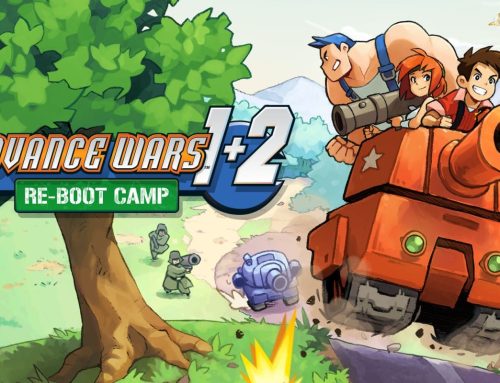
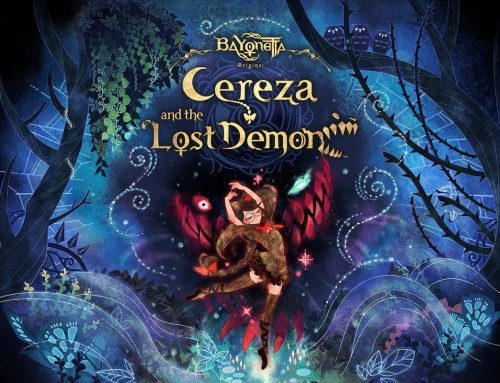
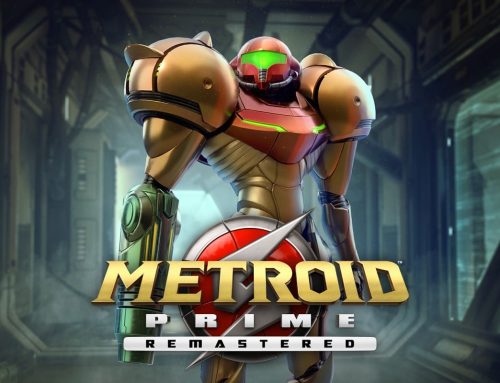
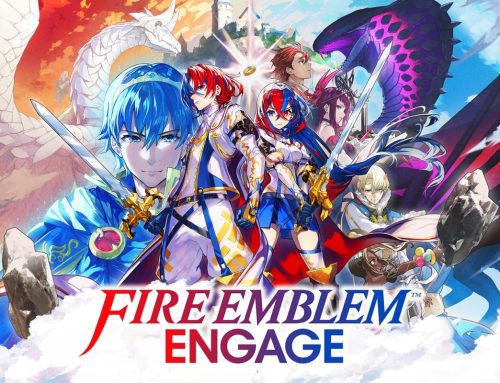
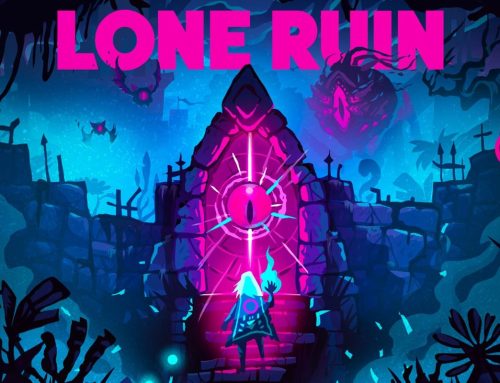

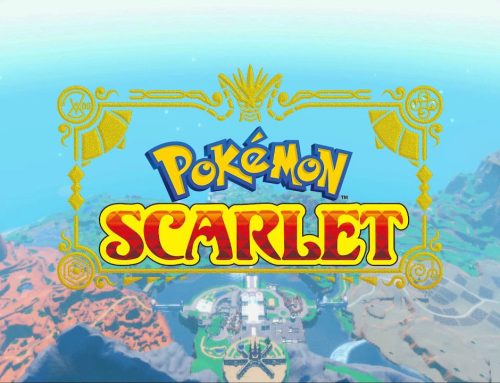
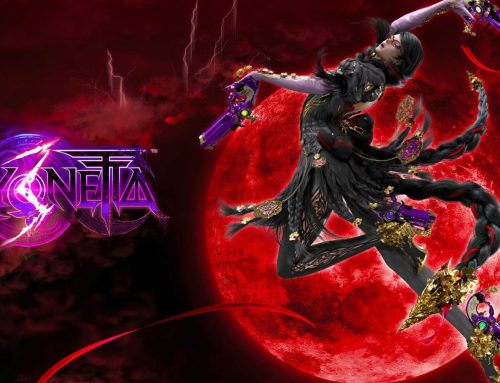
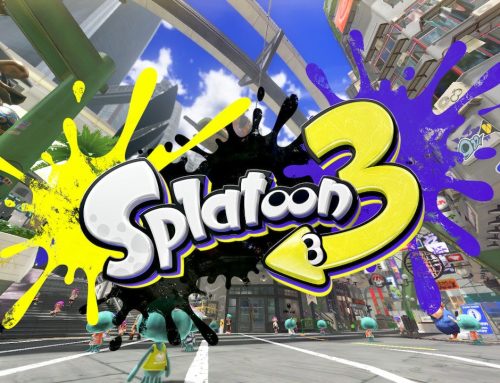

Leave A Comment
You must be logged in to post a comment.